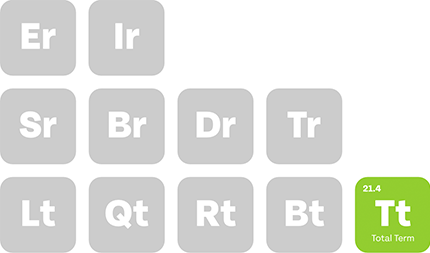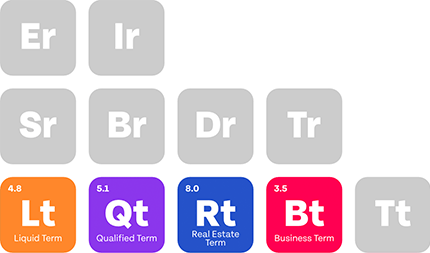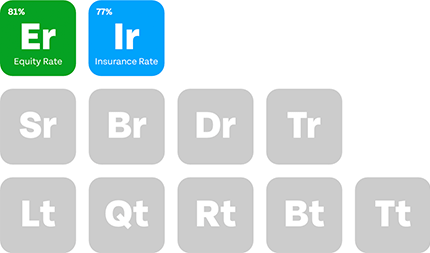A neurology residency salary is just one phase in the career earnings trajectory of neurology specialists. After many years of education and training, attending-level neurology careers come with significantly higher income. Charting out each step of this process can help residents budget more effectively, pay off medical school loans more quickly, and put themselves in a position for wealth-building later in life.
Key Takeaways
- Neurology residency salary averages around $60,000 to $70,000 per year, with some variation by training program and region.
- A typical neurologist starting salary after residency will be in the $220,000 to $280,000 range in the first 2-3 years.
- Income will grow as a new physician over the first three to five years of practice, with a jump in productivity bonuses after that point.
- Location, subspecialty, and practice type all significantly affect early-career pay as well as resident stipends.
- Financial planning is essential to maximize and stabilize earnings both during residency and into the early attending years.
Table of Contents
What is the Average Neurology Residency Salary?
Neurology residents have pay rates that are on par with most medical specialties. Medscape reports that the average U.S. resident salary in 2025 is $75,000. Most neurology training programs give 3% increases in stipends year over year.
Salaries for residency programs, including neurology, may be slightly higher in larger metropolitan areas and high-cost-of-living states like California and New York, but it’s important to note that the living expenses will be higher there as well. It may take more time to pay off student loans, and the budget for discretionary spending will be more limited in high-cost areas as well.

A standard neurology residency program consists of four years of work after medical school. It also features a longer average workweek and more frequent on-call shifts than many other types of residencies. For that reason, it’s important to know the average neurology residency salary as you start making a budget and debt repayment plan.
Transitioning to a Neurologist Starting Salary
Physicians who complete neurology residency will see a significant increase in income once they join a practice as an attending. According to ZipRecruiter, the average starting salary for a neurologist is between $300,000 and $350,000. This is about 3-4 times greater than the average neurology residency salary in most programs.
While a new neurologist may not experience salary growth at quite the same rate as some procedural specialists, income will steadily increase as they build up a larger patient panel, develop greater subspecialty expertise, and reach productivity bonus thresholds. Physicians often also progress into administrative or leadership positions, research, or teaching roles that command additional earnings.
Factors That Impact Neurology Residency Salary
A variety of factors will impact the exact starting salary as well as growth rate for a new neurologist:
- Location: Demand for physicians or regional shortages, which are most common in parts of the Midwest and the South, typically allow more competitive packages for neurologists in terms of salary and benefits. Cities on the coasts may also advertise higher salary levels, though they are often somewhat offset by the high cost of living in those areas.
- Practice setting: Salaries will vary for physicians in private practice, as part of a larger healthcare system, or at an academic medical center. Private practice can have greater earning potential, but also more financial risk, while academic medicine jobs often have lower starting salaries but more research or teaching opportunities.
- Subspecialty fellowship: Additional training after residency in an area like neurocritical care, epilepsy, or movement disorders will generally lead to a higher starting salary since those neurologists are filling a niche role.
Understanding these factors can help new neurology attendings make sense of the transition from a neurology residency salary to attending pay and also negotiate a first contract.

Financial Challenges of Starting Out
The jump in income upon completing residency and joining a practice as an attending can sometimes mask financial challenges as well. High malpractice insurance premiums in some states, student loan repayments, and delayed contributions to retirement savings will all lower the take-home pay. The Association of American Medical Colleges (AAMC) published a 2023 report showing median medical school debt was in the $200,000 range for that year, underscoring the importance of a strong loan repayment strategy for new graduates.
After years of a neurology residency salary, it can be all too easy to overspend in the first few years of practice with a six-figure salary. New attending physicians can benefit from creating a detailed budget that accounts for debt repayment, insurance costs, and investments to stabilize the financial situation. With good planning and discipline, early-career neurologists can start to set themselves up for wealth-building later in their careers.
Preparing for Long-Term Growth and Prosperity
The neurology residency salary is only the starting point on the income journey for neurologists. As more experience is built, compensation for neurologists will typically trend toward the national average of around $332,000. At Physicians Thrive, we guide residents and new attending physicians through every stage of this process.
Our advisors can review contracts, provide insurance consultations, and assist with long-term financial planning in the final years of residency as well as the early years of practice. Careful planning in the resident years allows a physician to set themselves up to transition from a neurology residency salary to a full attending-level income and have the tools in place to protect and grow those earnings.








































